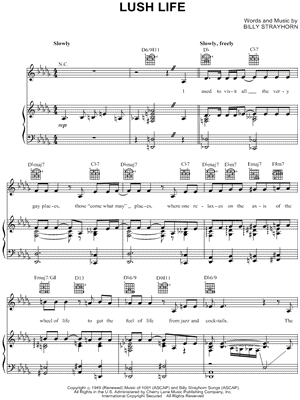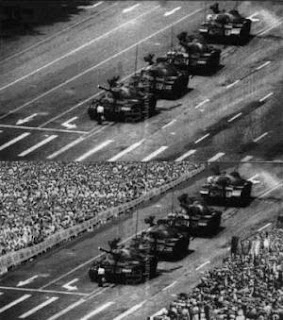 Both Rock songs “Paradise City” by Guns and Roses and “Fast Car” by Tracy Chapman tell the same underlying message. “Paradise City” was produced in 1987 and “Fast Car” was produced in 1988. Guns and Roses is a white rock band and Tracy Chapman is an African American artist, both giving the same view on the city from a different perspective. They sing of the city as a wondrous and great place to be at a first glance, but in reality it is not the pretty picture that it’s painted to be.
Both Rock songs “Paradise City” by Guns and Roses and “Fast Car” by Tracy Chapman tell the same underlying message. “Paradise City” was produced in 1987 and “Fast Car” was produced in 1988. Guns and Roses is a white rock band and Tracy Chapman is an African American artist, both giving the same view on the city from a different perspective. They sing of the city as a wondrous and great place to be at a first glance, but in reality it is not the pretty picture that it’s painted to be.The lyrics from the chorus of “Paradise City” state “Take me down To the paradise city where the grass is green and the girls are pretty, take me home.” This portion of the song is stating the city as a place of paradise; it makes it sound like the place to be. Tracy Chapman does the same in her song “Fast Car” with the lyrics, “We won't have to drive too far just across the border and into the city you and I can both get jobs and finally see what it means to be living.” In a later verse she describes the feeling she remembers from the city, “See I remember we were driving, driving in your car the speed so fast I felt like I was drunk city lights lay out before us and your arm felt nice wrapped 'round my shoulder.” She describes the city as a place where she can make something of herself and that being there gives her a good feeling. She describes it as an inviting place.
Now looking
 at the rest of the lyrics from each song, the city is described as a cold, a deceitful, and a hard place to live. From the Guns and Roses point of the alternative aspect of the city is expressed in the lyrics, “Just a' urchin livin' under the street I'm a hard case that's tough to beat.” He compares himself to an urchin which is a bottom feeder on the sea floor. In another verse the lyrics state, ”Captain America's been torn apart Now he's a court jester with a broken heart.” Here Guns and Roses is talking about America as the mighty nation it is as corrupt and torn down. Tracy Chapman gives her perception on how the city will be at first, ”I know things will get better you'll find work and I'll get promoted we'll move out of the shelter buy a bigger house and live in the suburbs.“ She knows she will have to work from nothing and build her way up. Later her lyrics express another understanding of the city, ”You got a fast car and I got a job that pays all our bills, you stay out drinking late at the bar see more of your friends than you do of your kids.“ These lyrics express how city life can change and corrupt people and their values.
at the rest of the lyrics from each song, the city is described as a cold, a deceitful, and a hard place to live. From the Guns and Roses point of the alternative aspect of the city is expressed in the lyrics, “Just a' urchin livin' under the street I'm a hard case that's tough to beat.” He compares himself to an urchin which is a bottom feeder on the sea floor. In another verse the lyrics state, ”Captain America's been torn apart Now he's a court jester with a broken heart.” Here Guns and Roses is talking about America as the mighty nation it is as corrupt and torn down. Tracy Chapman gives her perception on how the city will be at first, ”I know things will get better you'll find work and I'll get promoted we'll move out of the shelter buy a bigger house and live in the suburbs.“ She knows she will have to work from nothing and build her way up. Later her lyrics express another understanding of the city, ”You got a fast car and I got a job that pays all our bills, you stay out drinking late at the bar see more of your friends than you do of your kids.“ These lyrics express how city life can change and corrupt people and their values.It is interesting how these two different artists from diverse backgrounds come to the same conclusion about the city.







 Second, the city of Kingston was much poorer and more rundown than you might see in the beach side resorts. Even the nicer areas of town would lack what any of us would consider to be basic features such as clothes dryers. The prep school where a former St. Stephen’s boarding student went looks no nicer than the oldest and most neglected schools in our city, quite a contrast to St. Stephen’s. Without the school’s name on the side, one might easily mistake it for a prison.
Second, the city of Kingston was much poorer and more rundown than you might see in the beach side resorts. Even the nicer areas of town would lack what any of us would consider to be basic features such as clothes dryers. The prep school where a former St. Stephen’s boarding student went looks no nicer than the oldest and most neglected schools in our city, quite a contrast to St. Stephen’s. Without the school’s name on the side, one might easily mistake it for a prison.


